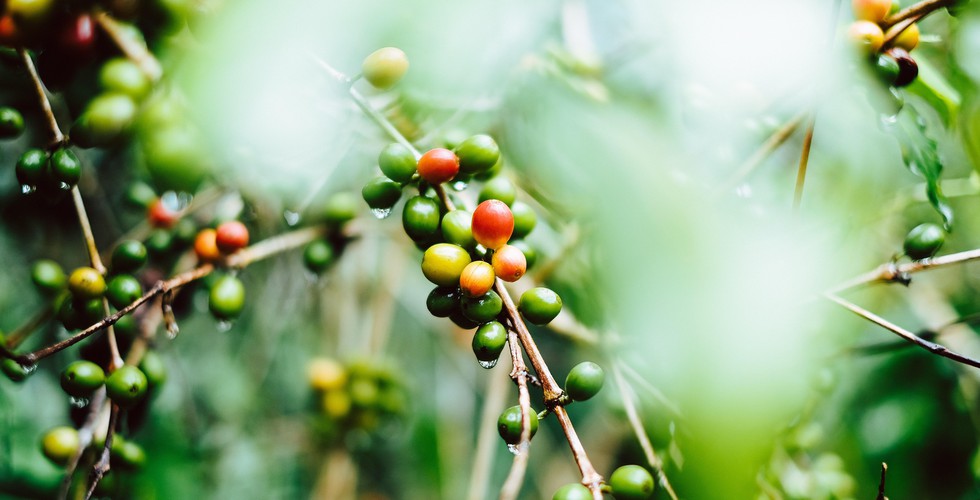You can find the first part of the article here.
In 2019 price recovery program, launched by the government last year, took hold as the coffee buy rate in the country moved upwards and exceeded production cost. Shortly after this, it spiked again, breaking through COP 1 million mark, and reached its peak of COP 1,315,000 (USD $352) in March 2020. That was a roughly 35% spike in price compared to the first months of that year.
It's not only the drop of peso value against the dollar which caused such a spike in local coffee price. The number of other things that influenced prices, such as the cut in amounts of coffee for export in Central America and bad weather destroying yields in Brazil, which created a supply shortage across the region.
With "traviesa" (the apex of the smaller harvest in the middle of a season) approaching in early May, the FNC local buy rate spiked by 34% once again, this time reaching an all-time record of COP 1,440,000 (USD $386) per carga.
One of the main reasons for such an impressive increase in Columbia's internal coffee prices is La Niña - an unusual weather event that appeared in September and supposedly would go on until the middle of the 2021 year. Its presence will most likely cause an abnormal amount of rainfall, which can lead to lessen yields and supply shortages.
But here the other cause of internal coffee price spiking, which actually pushed it to all-time height. It is the civil unrest that started in the country in late April and still ongoing by now. The first day it started, the coffee price jumped by 8% and reached the already mentioned COP 1,440,000 per carga.
Many of the main roads were blocked across the country, and suppliers have been worried about fulfilling already ongoing orders, not to mention the future ones.
What's next?
Protests across the country don't seem like they would fade anytime soon, which means Buenaventura, and most importantly one of the largest Pacific ports located here, which accounts for 60% of all Columbia sea export, will remain blocked, as well as many roads in the country. All this means that shipped coffee will remain stranded for quite some time. So short-to-middle perspectives for the local coffee industry remain unclear.
If the current situation remains unchanged, the country's transport infrastructure will be still blocked while the next "travisea" starts, which will lead to even further coffee prices increasing. In this scenario, the next all-time record of COP 1,500,000 per carga is very real and quite expected.
Such high prices would often be gatekeeping lots of producers from rising higher-value specialty crops, which is one of the main targets FNC wants to achieve. And while shifting into specialty coffee territory can improve the economy of farms in the long term, there are a lot of short-term risks that prevent small farmers from doing so. Meantime, the NFC is buying commercial-grade crops from those farmers for record prices.
Right now, predicting how the price would change in the nearest future is almost impossible. Recent events have shown us, that prices can go up and down and stay there for a long period of time. If we add to the mix the COVID-19 pandemic and more and more tangible effects of the global climate changes, then we can say with complete certainty only one thing: prices will be changing again, and market volatility will be here for some time.
That's being said, coffee producers in their current position still don't have solid protection against sudden market prices fall. Technically there is a government initiative with a price stabilization fund that should give them some amount of help in case of prices dropping lower than production cost, but if this program would be able to carry its weight remains unclear.



